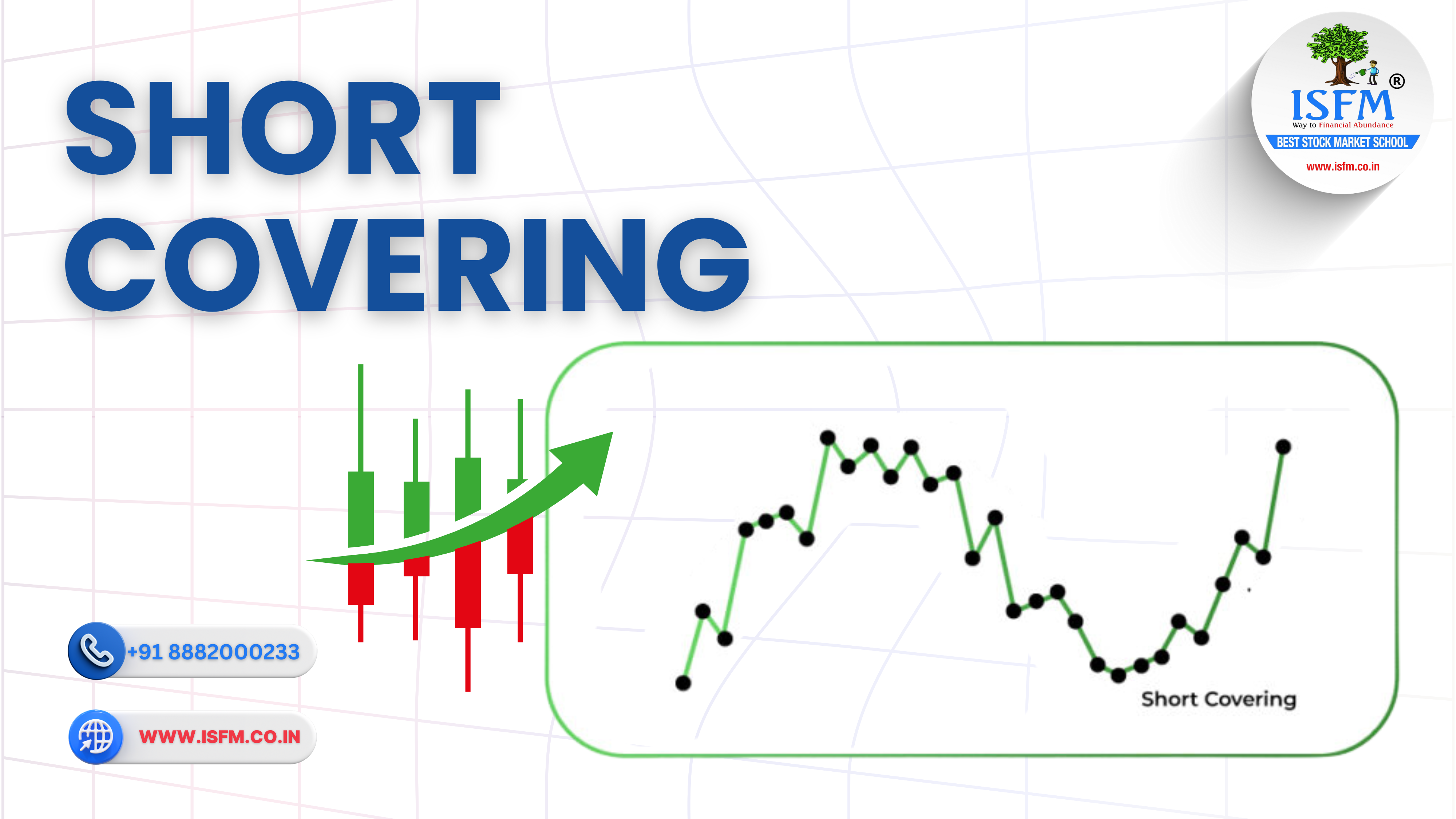Short Covering in the Stock Market: A Comprehensive Guide to Trading Opportunities & Risks

Short covering refers to the act of buying back previously short-sold shares to close an open position. Traders initiate this move to lock in profits or minimize losses when the stock price moves against their expectations.
For beginners: Short selling involves borrowing shares to sell at a high price, hoping to repurchase them later at a lower rate.
Why Do Traders Engage in Short Covering?
Understanding the triggers behind short covering can give traders a serious edge. Here are the most common reasons:
- Sudden Price Increases: When stocks rise sharply, short sellers are forced to cover to prevent mounting losses.
- Margin Calls: Brokers may require more collateral or force the closure of short positions if losses spiral.
- Positive News or Earnings Reports: Bullish developments can change sentiment and trigger mass buying.
- Short Squeeze Scenarios: Rapid price surges driven by panic buying from short sellers themselves.
Advantages & Disadvantages of Short Covering
Pros
- Enhanced Liquidity: Increased trading activity improves market depth.
- Corrective Mechanism: Helps eliminate mispricing due to bearish overreactions.
- Trading Opportunities: Savvy traders can exploit the momentum during short squeezes.
Cons
- High Volatility: Price spikes can result in erratic, unpredictable moves.
- Market Manipulation Risk: Coordinated pumps can exploit vulnerable short positions.
- Unlimited Loss Risk for Short Sellers: As prices rise, losses grow without limit.
How to Profit from Short Covering: Proven Strategies
1. Spot a Potential Short Squeeze Early
- Focus on stocks with high short interest (above 10% of float or a short interest ratio above 5).
- Monitor upcoming catalysts like earnings reports, FDA approvals, or new product launches.
2. Use Technical Indicators
- Look for breakout patterns above key resistance levels.
- Analyze volume spikes, moving averages, and RSI to confirm momentum shifts.
- Learn more in our technical analysis fundamentals guide.
3. Deploy Options Strategies
- Buy call options for leveraged gains with limited downside.
- Use bull call spreads for risk-managed exposure to potential price surges.
4. Monitor Sentiment & Social Media Buzz
- Platforms like Reddit’s WallStreetBets, Twitter, and Stocktwits often discuss high short-interest plays.
- Use sentiment tools to filter hype from substance.
Risks Traders Must Consider
- False Breakouts: Not all rallies indicate a genuine short squeeze.
- Delayed Short Interest Data: Public data lags behind real-time activity.
- Leverage Risks: Overleveraged trades can compound losses if the market turns.
Case Study: GameStop (GME) – The Ultimate Short Squeeze
In early 2021, GameStop (GME) surged over 1,500% as retail traders from Reddit orchestrated a historic short squeeze. Hedge funds incurred massive losses, while early buyers reaped significant profits. This event highlighted the power of collective retail sentiment in markets.
Frequently Asked Questions (FAQs)
Q1: What does short interest mean?
A: Short interest = Total shares sold short ÷ Total shares available (float). High ratios signal potential for squeezes.
Q2: Can short covering lead to long-term gains?
A: It can spark momentum, but without fundamental support, prices often normalize quickly.
Q3: Is short covering illegal?
A: No. It’s a legal trading action. However, manipulating prices to force short covering can breach market regulations.
Conclusion: Mastering Short Covering for Smart Trading
Short covering presents both risk and reward. For savvy traders, it’s an opportunity to ride momentum waves and profit from volatility. But like any market strategy, it demands discipline, timing, and risk management.
Use technical indicators, track market sentiment, and combine fundamental analysis to make informed trading decisions.



